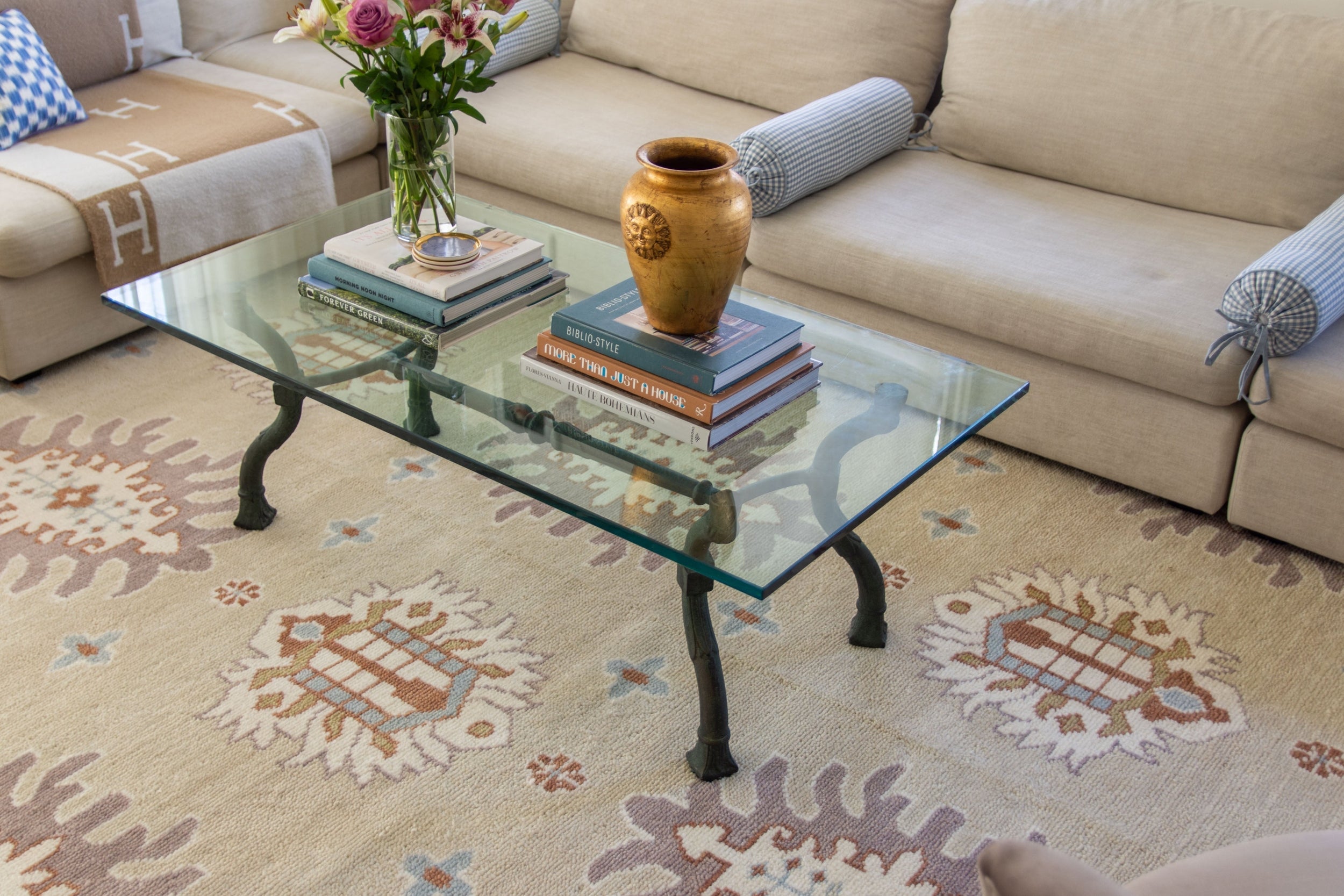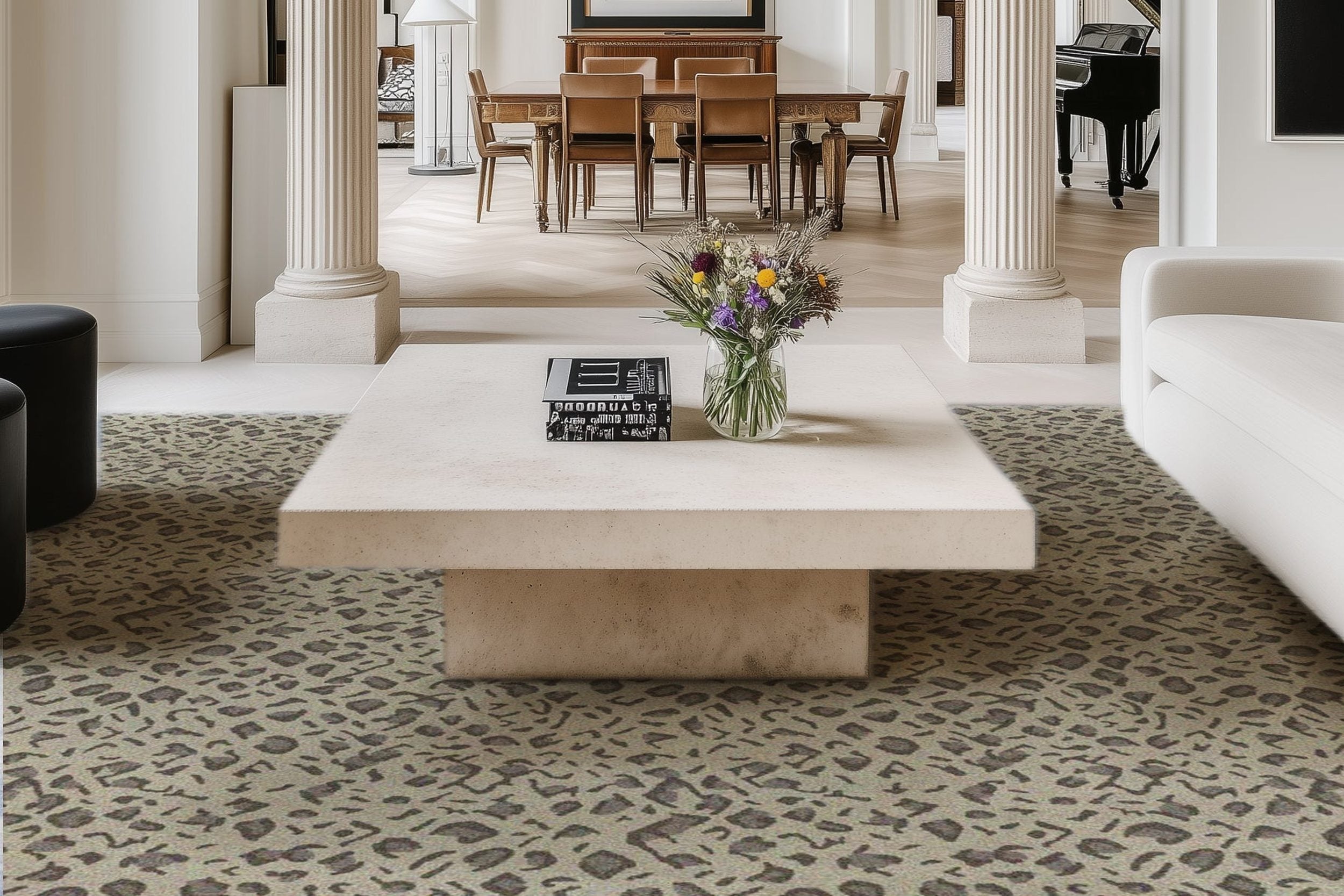How to Master the Art of Curating Mixed Eras at Home
 Honestly, there’s something so magical about a home that blends different eras. You know the kind of space that feels like it has a story to tell, one that wasn’t put together in a weekend but evolved and grew along with the person living in it. They have those finishing touches in their space that needed some serious searching for, be it bespoke to their home, or an antique. Homes like that have charm, soul, warmth, and this beautifully layered feeling that’s so comforting. Well, that and they look pretty magazine-worthy, too.
Honestly, there’s something so magical about a home that blends different eras. You know the kind of space that feels like it has a story to tell, one that wasn’t put together in a weekend but evolved and grew along with the person living in it. They have those finishing touches in their space that needed some serious searching for, be it bespoke to their home, or an antique. Homes like that have charm, soul, warmth, and this beautifully layered feeling that’s so comforting. Well, that and they look pretty magazine-worthy, too.
But overall, just mixing vintage, antique, modern, and handmade pieces can create that feeling instantly. But, okay, it’s very easy for this to go from “timeless and curated” to “this looks like everything that didn’t sell at a yard sale” if it isn’t done with a tiny bit of intention. While that might sound a tad brutal, there’s some truth behind all of this. And that’s really what this is about.
So there’s not really any rules, not perfection, just thoughtful curation that makes your home feel like you, and not like a storage unit for random finds (and yes, there’s a bit of an art to all of this). Now, the goal here it to make your decor exist together, and not only coexist, but complement one another beautifully. It just takes a gentle approach that brings a thread of harmony between them.
Curated is Collected with Intention
Okay, so the most important part of mixing different eras is remembering that a curated home feels collected, not random. It isn’t about buying things just because they’re “old” or “unique” or “cool” or “modern.” Now, sure, that does help with storytelling; the same goes for collecting souvenirs during your travels, and it’s no different for sentimental items either. But overall, what’s displayed is displayed with intention. It’s about choosing pieces that speak to each other, even if they’re from totally different centuries.
So many people feel like they need to commit to one aesthetic, like being a “mid-century person” or a “French country person,” or a “modern minimalist person.” But homes feel richer when style isn’t treated like a box to sit inside. Now, what to remember and understand is that real curation is more like a conversation between styles that bring out each other’s best qualities.
For example, it could be something like a modern sofa can sit beside an antique side table if there’s a common thread, even if that thread is just texture, shape, or feeling. Perfection doesn’t really have much to do with this; it’s more about intention instead.
You Need to Find the Common Threads
When it comes to trying to blend different eras, it’s really going to help just having little threads that tie everything together. Why? Well, this helps the space feel cohesive. Okay, so these don’t need to be obvious or matchy-matchy. But they can be soft and subtle, like shared material, shared tone, shared shape, or shared warmth. Basically, it just helps if there is something there that’s shared.
For example, maybe it’s brass accents, even just small ones that appear across the room, or maybe everything has some kind of natural texture, or maybe there’s a calm, earthy palette that holds everything in place. Just take a look at Pinterest and you’ll probably notice those subtle touches that bring some cohesion together, or interior magazines help too.
Just go ahead and think of it sort of like creating a cast of characters in a story (just bear with this explanation for a moment). They don’t need to be the same, but they should feel like they’re in the same world, like on the same wavelength. Just picture this: a modern wooden coffee table with a beautiful vintage Turkish rug underneath and a hand-thrown ceramic vase sitting on top. It sounds pretty, doesn’t it?
Well, they all bring a different energy, but they complement each other if there’s that little thread running through them. Again, it’s not about (strict) matching; that isn’t the goal here, it’s just about creating harmony.
Make Use of Lighting to Bridge Eras
It might come off as a bit of a surprise, but there’s a lot of truth behind this because lighting can quietly connect styles more than people even realize. If you’re mixing eras, lighting can act like the “glue”(if you want to call it that) that holds everything together. Ideally, something like warm and soft lighting tends to bring everything into the same mood. Wall lights in particular have a way of blending eras because they sit at that intersection of form and function (the same could be said for small table lamps, too).
For the most part, a more traditional space will feel refreshed with a modern wall light, plus, it makes the room feel grounded with something more classic. But it helps to have the right lights, and something like Corston wall lights could honestly work beautifully because the design is considered enough to sit comfortably beside older or newer pieces without creating a disconnect.
To sum all of this up, lighting can act like a sort of “translator” between eras, so everything feels like it belongs together, kind of like how museums and galleries do that with art from a variety of eras.
Quality Over Quantity (Always)
When mixing eras, it can be so tempting to pick up everything that looks “interesting,” especially if it’s vintage, right? Like, there’s a thrill in the hunt, and it’s easy to think every unique piece needs a spot. But if everything in a home is competing to be the star, the space won’t feel calming or intentional. It’s kind of like having ten people talking loudly at once. As you know, it’s not like anyone is going to be heard; it’s just a mish-mash of noise instead.
Instead, just choosing fewer, more meaningful pieces gives each one room to breathe. It also gives your home space to grow, because it’s about trying to fill every corner in one go. Instead, just slowing down allows you to find pieces you genuinely love, not just “something that’ll do.” Plus, it helps to mention that you’ll grow more confidence in your taste, and you’ll start choosing pieces with connection rather than impulse (the magic of curation).
Browse by Category

Design Projects
Explore interiors from client work and personal renovations — layered, livable, and always in progress.
read more →
Collaborations
From product launches to styled spaces, discover the brand stories I’ve helped bring to life.
read more →
The Notebook
A growing archive of iconic designers, inspiring artists, and unforgettable design moments.
read more →
Travel by Design
Wander with a designer’s eye — from charming hotels and city guides to visual inspiration abroad.
read more →




